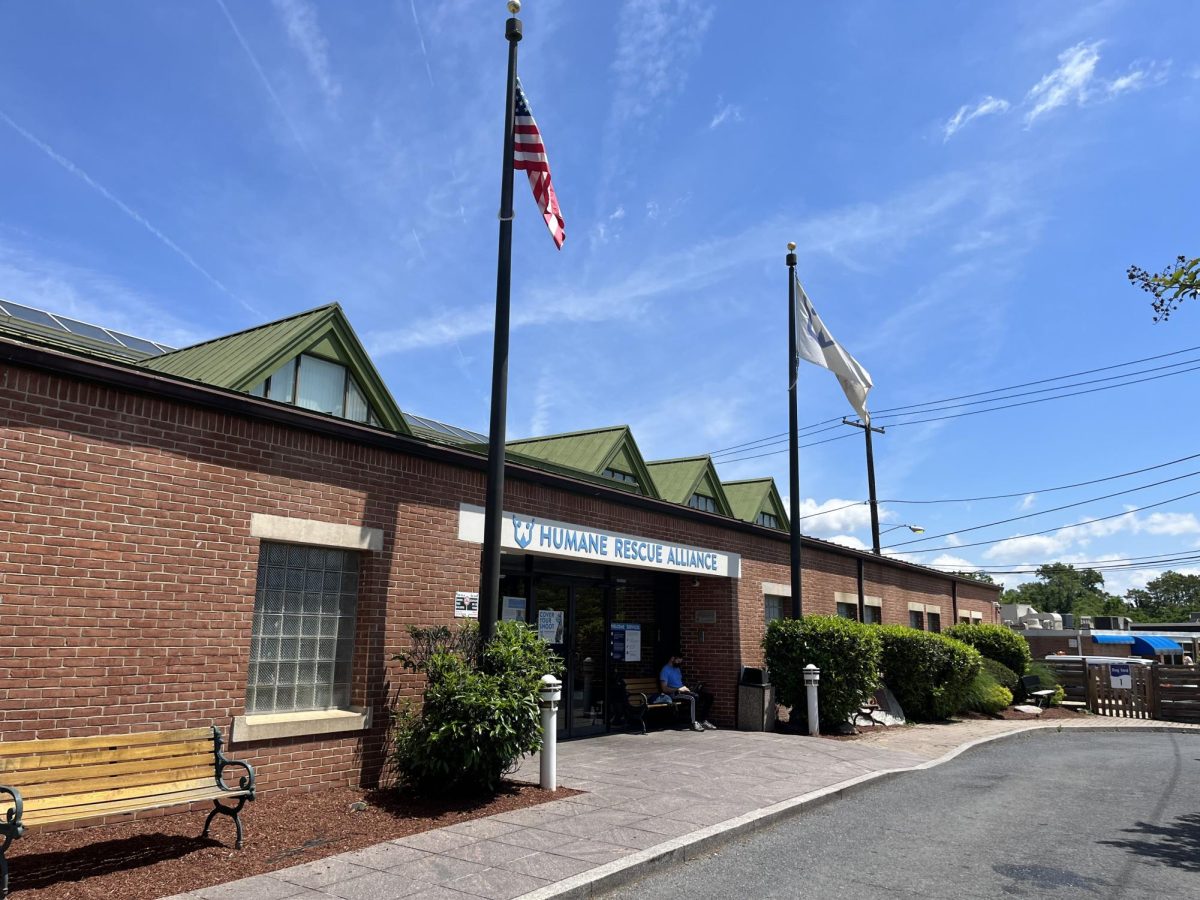Approximately one in every seven water fountains on campus is broken, a trend one university administrator attributes primarily to student vandalism.
Out of the 174 water fountains counted in all of the undergraduate campus buildings – including residence halls, academic buildings, athletic facilities and the first floor of the Wolfington Jesuit Residence – 25, mostly concentrated in three buildings, are out of service. Harbin Hall has the highest percentage of broken fountains, with seven out of the building’s 10 out of service. Seven of the Leavey Center’s 15 fountains are broken, as are five of LXR’s eight.
Fifteen of the 78 fountains in residence halls, or 19 percent, are not functioning properly.
Fountains were considered broken if there was no water flow or minimal water flow to the point that the fountain could not be reasonably used.
Karen Frank, vice president for facilities and student housing, said most of the fountains were broken by vandals. She said that fountains identified as repeatedly vandalized would not be repaired.
“We made a decision a number of years ago that where we have chronic problems, we will not replace the fountains,” she said. “Why should I be spending money that could be benefiting a larger population in the residence halls?”
Frank said maintenance workers inspect water fountains monthly.
Matthew Dzaman (COL ’10), a resident of the second floor of Copley, said the fountain on the floor has been broken since the beginning of the academic year. “It’s a hassle,” he said.
Frank said that she was unaware that the fountain was broken and that she did not believe broken fountains were a pressing concern.
“My impression is people don’t care because people don’t use them,” she said, noting that many people drink bottled water and avoid “unsanitary” fountains.
However, several students said they were inconvenienced by the lack of potable water on their floors.
“I really want to get water sometimes and I have to go all the way down to the lobby,” said Olivier Wouters (SFS ’11), who lives on the fourth floor of Harbin. “It’s a major nuisance. It would definitely be commonly used on our floor if it was working.”
Michael Whittaker (SFS ’11) said residents of his floor – the seventh floor of Harbin – raised the issue at the first Neighborhood Council meeting of the year.
“It’s a slight inconvenience, but the floors above and below us have working ones, so I’m not going to die,” Whittaker said.
Frank said all the water fountains in LXR were replaced in 1994, when the building was completely renovated, as were Harbin’s during renovations in 2000. She said that broken fountains in Darnall Hall were fixed this summer and that the university plans to replace fountains in Harbin soon.
Lincois Anderson, Harbin’s hall director, confirmed that Harbin’s fountains would be fixed in the near future.
“We are working on getting the water fountains in,” he said. “That’s something we think the residents should have. That’s something the residents will appreciate.”
Frank said she did not know whether the number of broken fountains was higher or lower than usual.
Wouters said water fountains should be in working order and fixed promptly when they are broken.
“We pay a lot of money to go here and I feel like they could at least fix the water fountains,” he said.
Director of Residence Life Stephanie Lynch declined comment.
– Mack Abbot, Lin Chen and Evan Regan-Levine contributed to this report.






